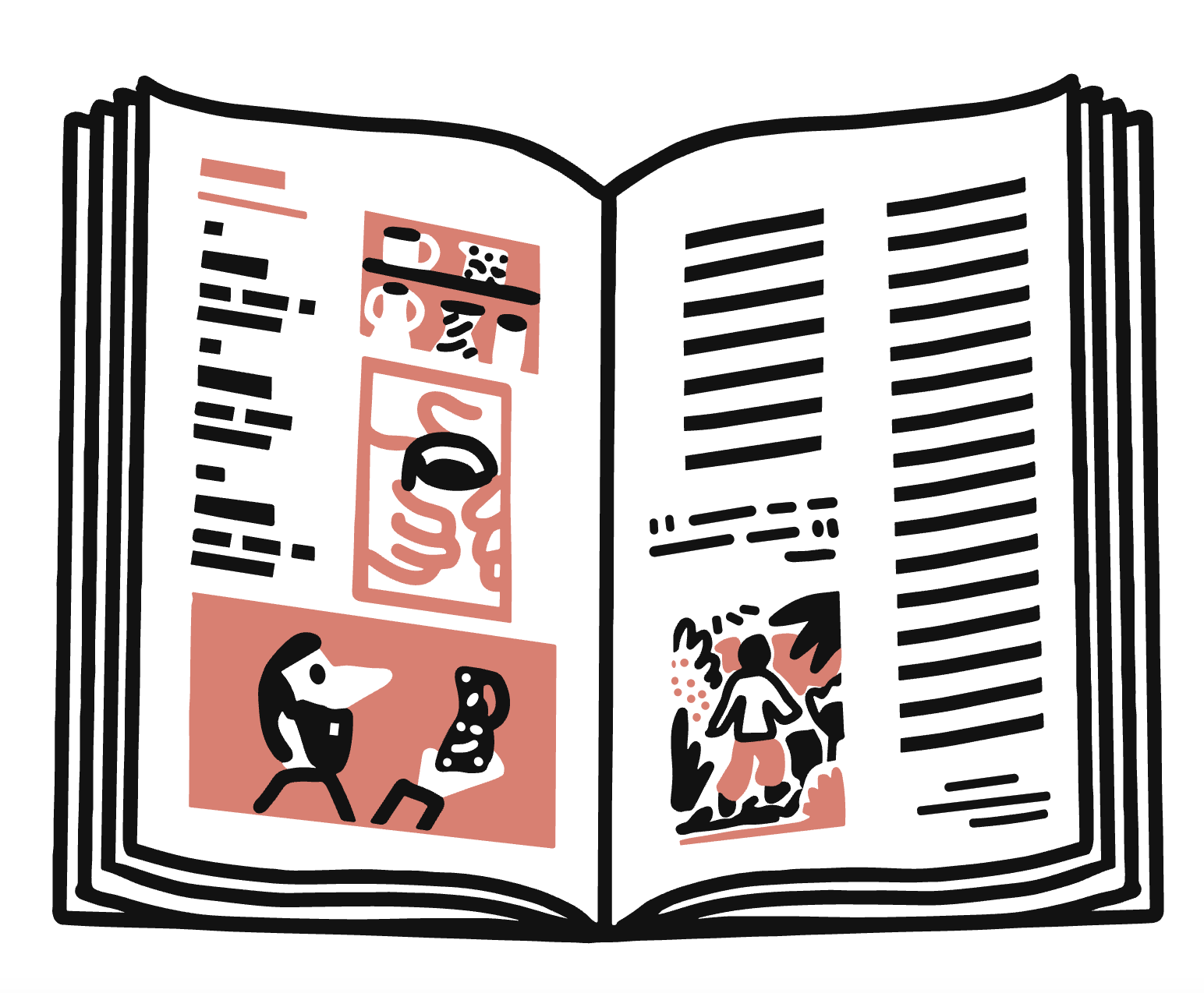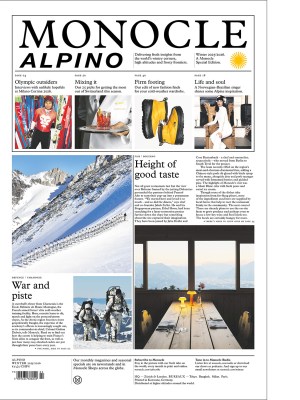The art of ageing: Inside the studios of seven in-demand artists in their eighties and nineties
As we all too easily forget, ageing is a gift – and what gifts these artists continue to give the world.
Though crafts that rely on the dexterity of your hands become more difficult as you age, your decades of learning and life experience can imbue what you create with depth and unique perspectives. Here, we visit the studios of seven artists who continue to paint in their eighties or nineties, still staging big exhibitions, selling work and finding inspiration.
Isabella Ducrot
Rome, Italy
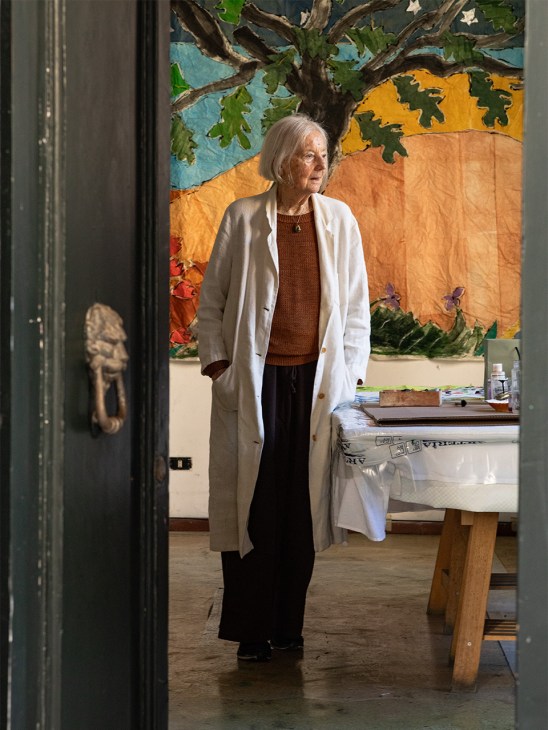
Isabella Ducrot’s craft is something of a patchwork. It incorporates textiles procured on her travels in Russia, Turkey, China, India and Tibet, and stories from her voracious imagination – Ducrot has been writing for far longer than she has been painting.
Born in Naples, Ducrot moved to Rome in her thirties, lured by the promise of freedom and anonymity. “Romans are indifferent,” she says. “They’re not particularly interested in each other. That’s a good quality.” In the Italian capital, Ducrot surrounded herself with intellectuals, including novelist Alberto Moravia and filmmaker Pier Paolo Pasolini.

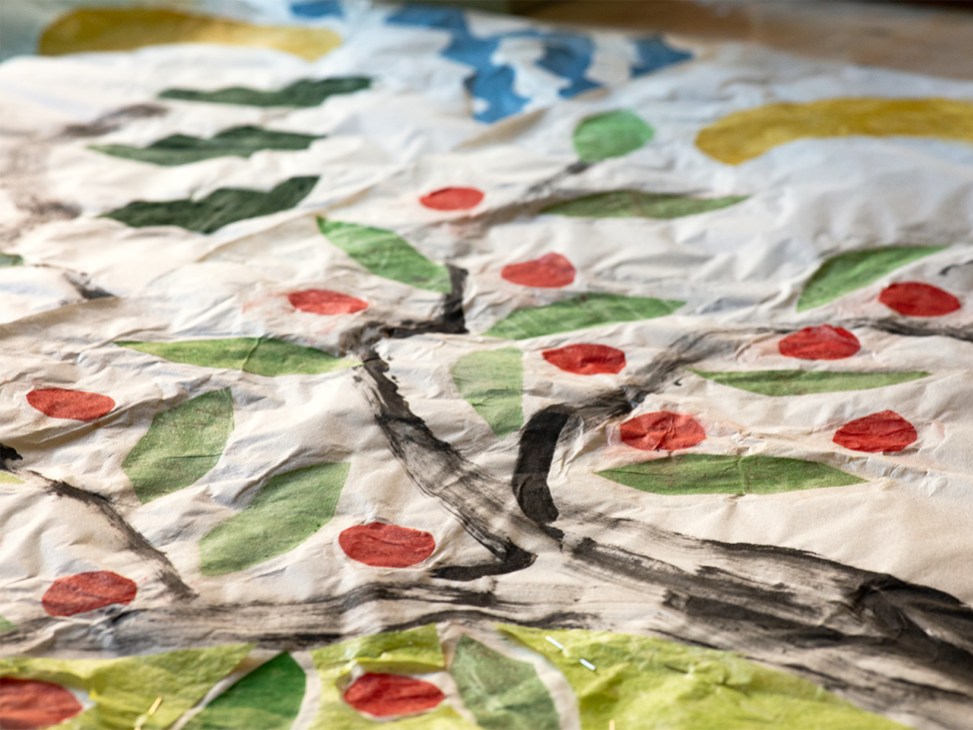
She picked up a paintbrush in her fifties and now, in her studio in the 16th-century Palazzo Doria Pamphilj, she paints on Japanese gampi, a fine, fibrous paper with a satin-like sheen and a fine weft. Made for etching, inking and painting, the delicate material is as recognisable a part of Ducrot’s output as her ochre, green and rust flower motifs, which are achieved with a brush tied to a stick.
Ducrot says that she came to painting so late because of an early education that instructed her to respect tradition and not make changes to the world around her. “It took many years for me to dare to begin this unusual adventure,” she says. Today, at the age of 94, her adventure continues.
Born: 1931
Career highlight: Designing the scenography for Dior’s haute-couture show at Paris’s Musée Rodin in 2024
Exhibitions in 2026: A retrospective at Museo Madre in Naples
Peter Saul
Germantown,USA
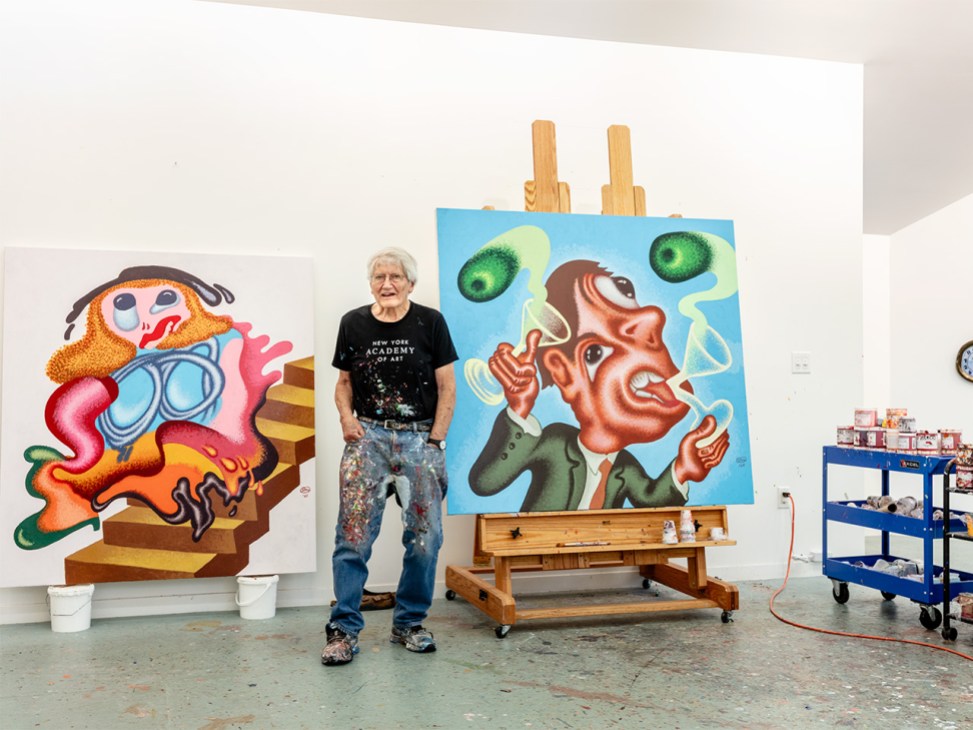
“Except for occasionally talking about modern art to college students, I haven’t done anything but paint pictures since 1959,” says Peter Saul. Those pictures are hard to forget. Saul’s subjects bend, distend, wriggle and writhe across the canvas, transforming into colourful, twisted monstrosities along the way.
Those subjects have changed with the times too: the Vietnam War, Ronald Reagan, Donald Trump. American life – its vividness and its vulgarity – is a loose theme. That and, as Saul puts it, “bad guys”. “I have more freedom to distort, invent motivation or do anything I want to bad guys,” he says. “Whereas with ‘good guys’, the artist is supposed to follow the rules.”
Saul works from preliminary sketches that have a sense of “freshness”, which can be developed as he paints. As he adds his cacophony of colours, he thinks about how to make the painting interesting to the highest number of people. “The picture has to live in the world,” he says. Saul’s work has done just that for a long time but the critical response to it has become far warmer in recent years. While he is appreciative, the change has had little effect on his practice. “Unlike most artists I know, I don’t seem to respond much to encouragement,” he says. “As long as I’ve got the art supplies, I’m going to paint a picture.”
Born: 1934
Elected to the American Academy of Arts and Letters: 2010
Current exhibition: Group show Sixties Surreal at the Whitney Museum until 19 January
Rose Wylie
Kent, UK

When a particularly big globule of paint falls off Rose Wylie’s brush, she’ll simply cover it with a sheet of newspaper to stop it getting on her shoes. “I’m not a precious worker,” she says as we stand in her studio. A soft layer of newspaper carpets the floor, paintbrushes stick out of cans stacked on chairs and colourful splatters obscure the skirting board. Wylie’s unruly garden has crept up the side of the house and into this first-floor room – a jasmine plant pushes through a window in one corner. “Mostly you’re criticised if you don’t tidy up,” she says. “But if you get through a certain threshold, it becomes iconic.”
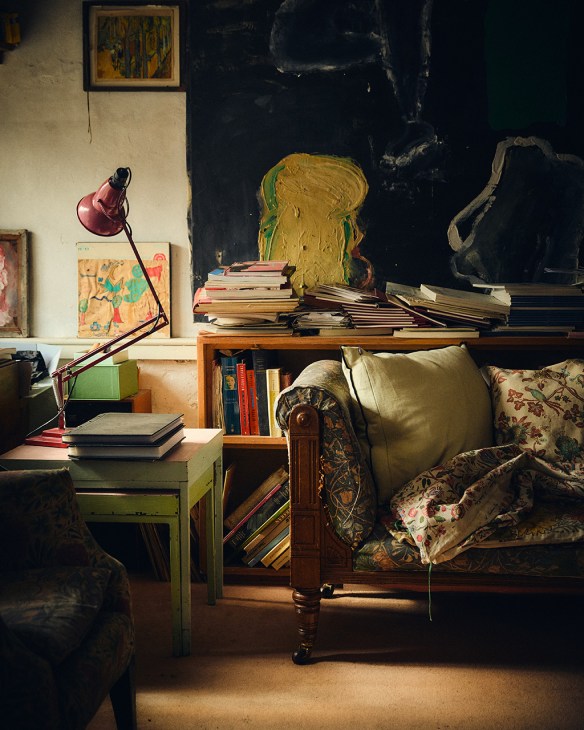
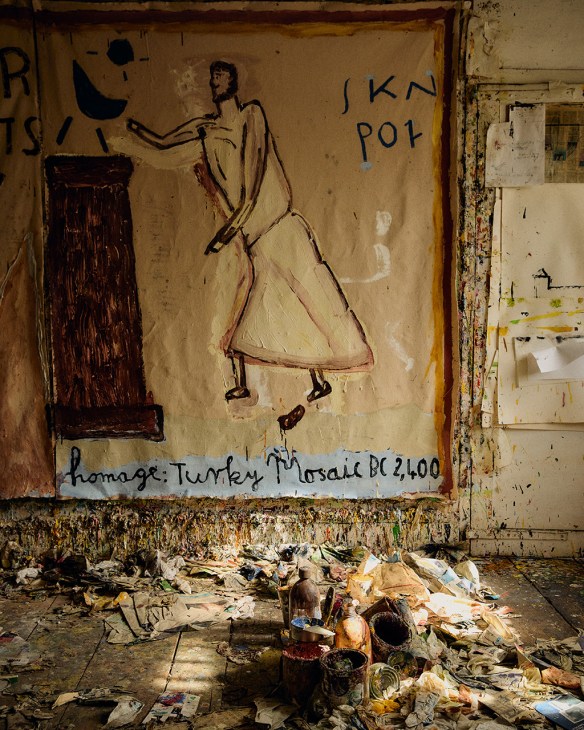
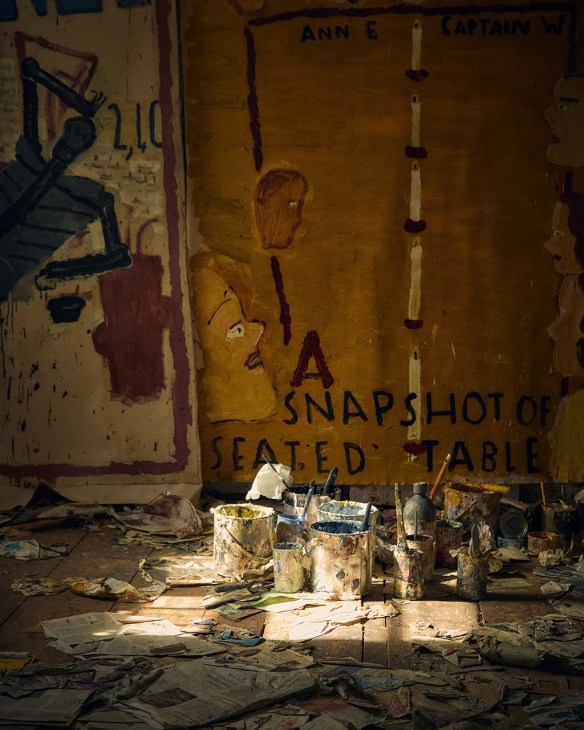
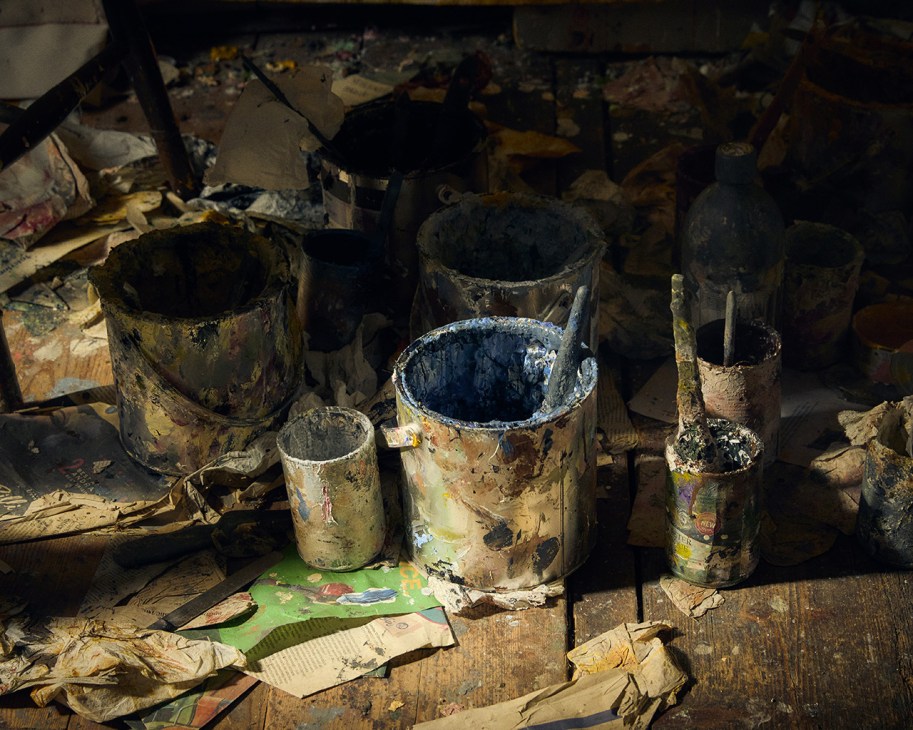
Wylie’s artistic training went unused for years while she raised her family but, since returning to painting in her forties, she has become a critical and commercial darling of the art world. She is currently working on a painting that features a large, “nonchalant” skeleton. It will appear in her upcoming exhibition at London’s Royal Academy in early 2026, her biggest show to date.
Wylie’s bold canvases often combine text and figures from history, mythology or contemporary pop culture. And while Wylie’s process can be messy, she is exacting about her practice, regularly working late into the night wrestling with a painting. “Often it’s horrible, slimy, trite, pedestrian,” she says. “There are 100 things that can go wrong, particularly with faces, and then, for some odd reason, suddenly it’s alright.”
Born: 1934
Breakthrough moment: Women to Watch exhibition in Washington (2010)
Elected to the Royal Academy: 2014
Martial Raysse
Bouniagues, France
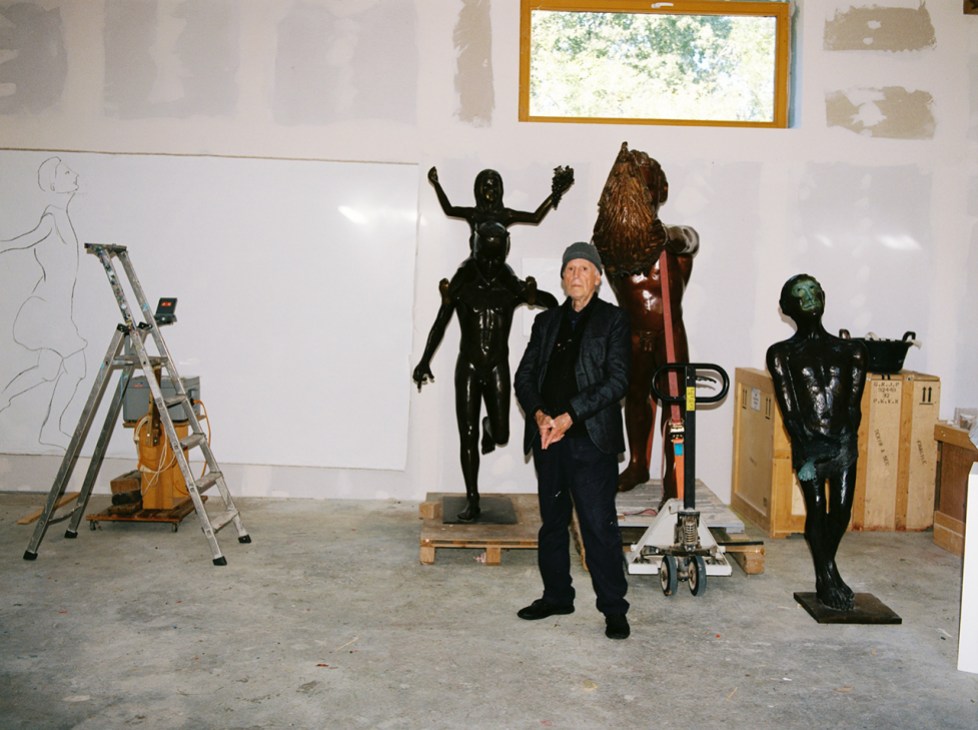
When Monocle meets Martial Raysse at his home in Dordogne, southwest France, the chill of autumn is creeping in, giving the light a quality that we can’t quite put our finger on. “In Paris, the shadows are blue but here they are pink,” says Raysse. “That’s what seduced me.” Though at 89 he is focused on painting “in strict obedience to the great masters”, the multidisciplinary artist can look back on a remarkably diverse body of work.
Raysse is cryptic about his artistic awakening but, according to his gallerists, he was already painting and writing poetry at the age of 12. By the time the Centre Pompidou put on a retrospective of more than 200 of his works in 2014, Raysse’s artistic expression had taken on dozens of forms, from poetry and painting to neon sculptures and cinema. “The interaction of these different forms enriched my artistic practice,” he says. “But I haven’t adopted any digital tools. I prefer pencil, which I think gets much closer to rendering emotions faithfully.”
Raysse is considered one of the earliest French champions of pop art. In 2011 his 1962 painting “L’année dernière à Capri (titre exotique)” fetched €4.8m at auction, for a time making him the highest-valued living French artist. But as a testament to his constant evolution, today he describes his association with the movement that made his fame as “a youthful error”, denouncing it as an “avatar of ready-made culture”.
Is creativity linked to longevity, we ask? “Unfortunately, creativity doesn’t extend your life,” says Raysse. “But with experience, what you do gain is progress.”
Born: 1936
First retrospective: Amsterdam’s Stedelijk Museum in 1965
Notable public sculpture: Crocodile fountain in Place du Marché, Nîmes (1987)
Frank Bowling
London, UK
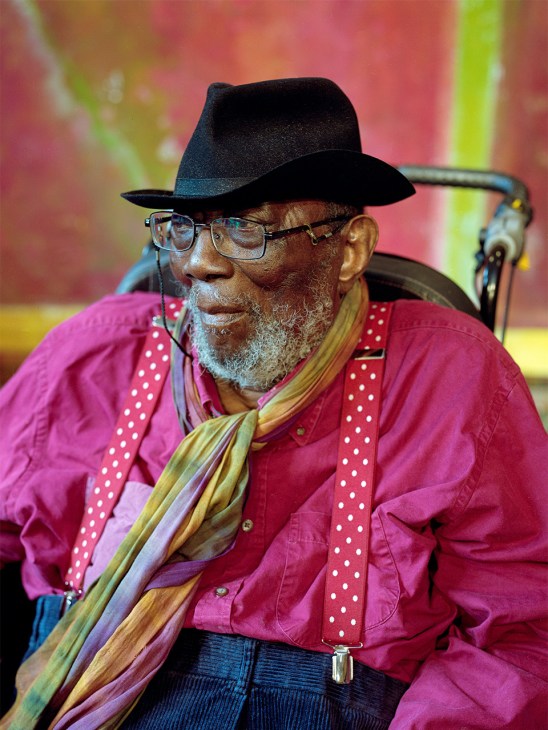
At 91, Frank Bowling is still searching for new ways to let paint speak for itself. “I’m always following my instincts,” says Bowling, who has painted, poured, sprayed, stained and stitched vivid colours onto unprimed canvases for more than 70 years. “There was a time when I didn’t have a dealer and museums weren’t buying,” he says. “Now, my paintings are in more than 70 museums around the world.” His work is currently on show at the Bienal de São Paulo 2025 – a full-circle moment for the South America-born artist in the bright throes of his twilight years.
A Bowling artwork begins on the floor. Every cotton-duck canvas receives its first colours in the form of drips of paint that fall from an earlier in-progress painting hanging above – a sort of artistic assembly line. “Then my assistant fills a bucket with paint and water and pours it down the canvas while I direct the flood,” he says.
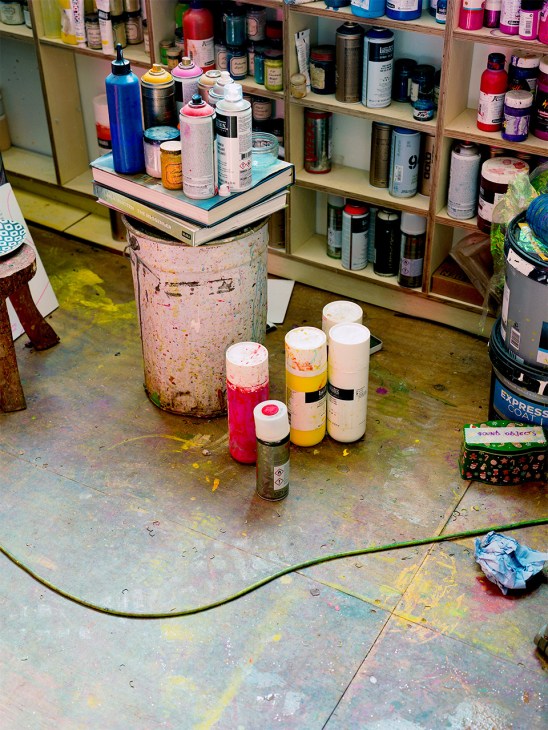
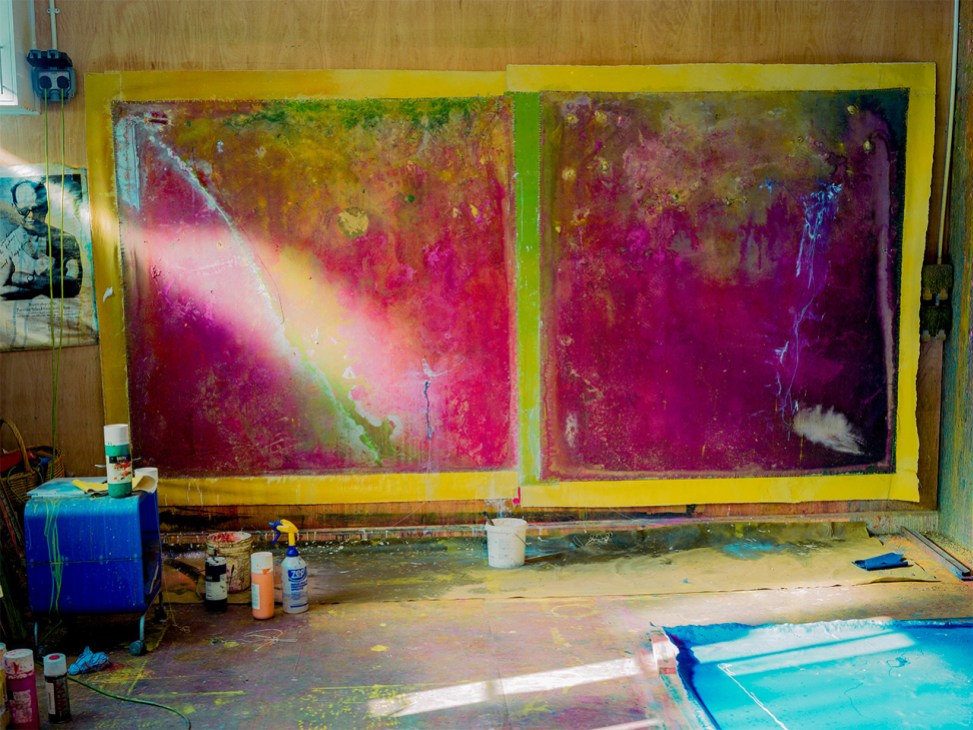
When Monocle visits his studio in South London, Bowling is directing his son, Ben – who’s armed with silver glitter-laced spray paint – from a wheelchair. “Brighter,” says Bowling of a long white streak that cuts down the canvas like a coastline, “all the way.” When Ben reaches a patch of empty space, Bowling reacts instinctively. “Put red in it,” he says. But the painting is still not finished. Later, it will appear “on the ceiling of my room”. Bowling’s imagination never rests. “I’m preoccupied with the search for something new in painting so I’m always working in different ways.”
Born: 1934
Career highlight: Tate Britain retrospective, 2019
Post-studio ritual: Straight to the pub for a “half pint of bitter and jolt of whiskey”
Inson Wongsam
Lamphun,Thailand
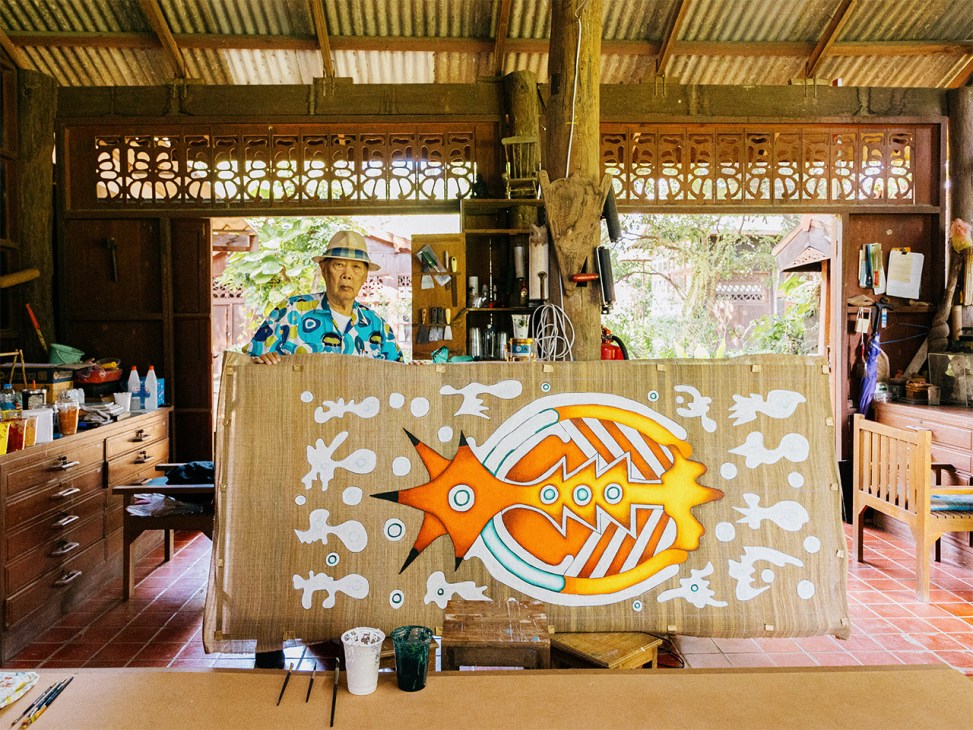
Inson Wongsam is a key figure in the history of Thai modern art and the scene’s evolution from staid and traditional to colourful and contemporary. The son of a temple goldsmith, he studied under influential Italian sculptor Corrado Feroci, who changed his name to Silpa Bhirasri.
“Professor Silpa once told me: ‘Inson, if you wish to be an artist, you must sketch and work every day,’” says Wongsam from his studio and private museum in Lamphun, a small city near Chiang Mai. Wongsam has been an artist his entire adult life, creating metal sculptures and wood carvings in the 20th century and, in recent decades, wood block prints and paintings. His days begin at about 04.00, drawing in bed with watercolours or red and green pens or pencils. This is followed by some stretching, breakfast and more drawing in his studio. “When I cannot work, such as on days when I must visit the doctor, I feel uneasy,” he says.
Wongsam celebrated his 91st birthday in September with an exhibition at Bangkok’s Nova Contemporary. “Age has never affected my determination because I believe that the spirit is more important than the body,” he says. “As I grow older, I aim to make my work even more vibrant – never dim or lifeless.” Wongsam is currently working on an exhibition that is planned for next year. “I have reached a point in my life where everything feels clear,” he says. “I don’t need to look elsewhere for inspiration. Ideas come from me, pushing my work forward.”
Born: 1934
Major exhibition: A retrospective of more than 100 works at the Bangkok Art & Culture Centre, which coincided with his 80th birthday
Appointed a National Artist of Thailand: 1999
Martha Jungwirth
Vienna, Austria
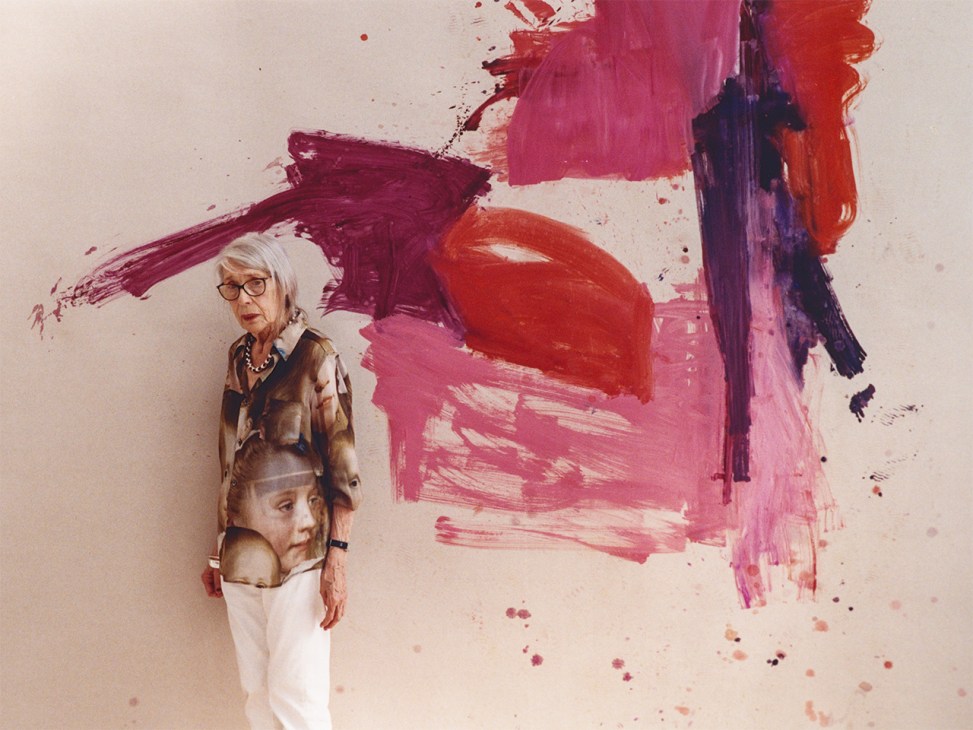
At 85, Martha Jungwirth remains as industrious as she was when she first appeared on the art scene in the early 1960s. Her belated recognition (she only began attracting serious attention and staging large solo exhibitions in the 2010s) and the attendant title of grande dame of Austrian art have not made her aloof. Instead, she is kind and inquisitive, asking as many questions as she answers. Jungwirth works in watercolour or oil on paper rather than canvas and her style is marked by colourful abstraction, with pinks and reds at the fore.
Jungwirth’s wanderlust has taken her across the world, though in recent years she has favoured Greece, which she first visited with her late husband, art historian Alfred Schmeller. “When you travel, you meet people, you eat differently and you feel that you don’t understand anything,” she says as she shows Monocle a series of watercolours from Bali, comprising her impressions of the custom of placing small, stylised houses outside homes. “That activates you again.”
In Jungwirth’s large, light-filled studio, pride of place is shared equally between her current works and her sources of inspiration: reproductions of baroque paintings (classical art has always moved her), alongside newspaper clippings and photographs scattered among countless paint tubes. “I don’t even know what colours are in them,” she says. It is this disorder that drives her to keep working and exploring.
“I always try to surprise myself. Otherwise, you stiffen up and get stuck.”
Born: 1940
Breakthrough series: Indesit, her impressions of household appliances, exhibited at Documenta 6 in Kassel, Germany in 1977
Record sum for a painting at auction: €520,000
